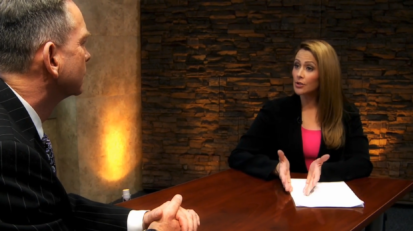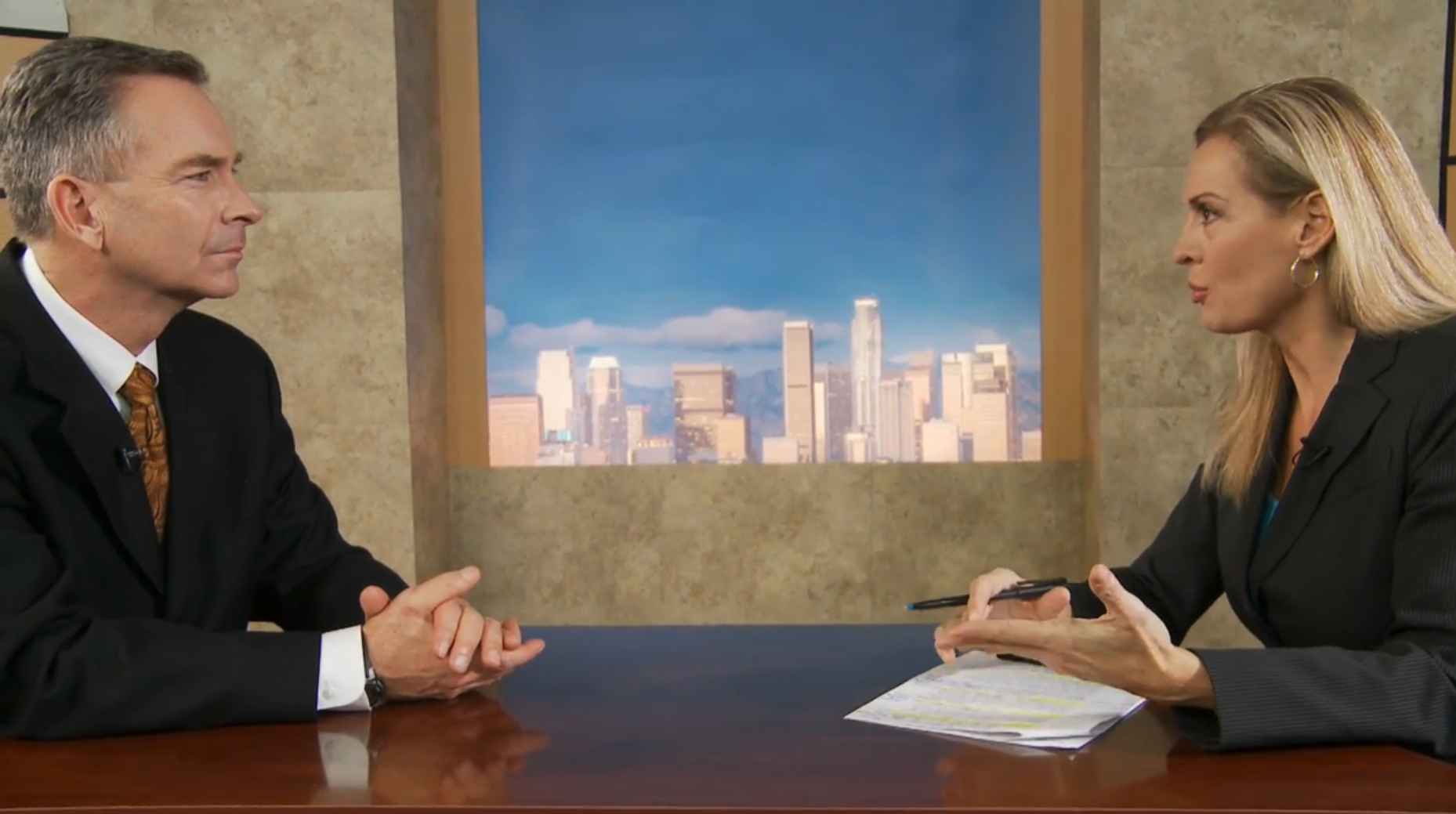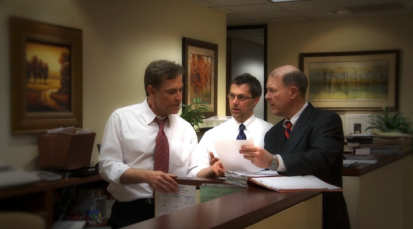Amputation Accidents Cripple Individuals

These incidents are the second leading cause of limb loss after vascular disease. The accidents often occur as the result of a work-related injury while operating heavy machinery, using saws, or doing construction work. Automobile accidents and motorcycle accidents also account for a large number of these harms. They may also be caused by defective products that were negligently designed or lacked proper safety features.
Types of Amputations
Amputations may be complete or partial. In a complete loss, the body part is totally severed from the body. In a partial loss, some bone, tissue, or muscle keeps the amputated part attached to the victim’s body. The harm is also classified according to the method of injury.
A “guillotine” version has clean, well-defined edges and only localized damage to the surrounding tissue, nerves and blood vessels. A “crush” has more tissue damage which may extend some distance from the wound edge. An “avulsion” is caused by the stretching or tearing away of the tissue. This type of loss involves extensive damage to soft tissue, nerves, bones and blood vessels. It has a significant impact on the ultimate outcome of the injury and the possibility of reattaching the severed body part.
Reimplantation
Reimplantation is the reattachment of an amputated body part. Several factors determine whether a severed body part may be successfully reattached. The type of injury is the largest factor in whether reimplantation will be successful. A guillotine-type amputation has the highest success rate. Reimplantation is less likely to succeed in crush or avulsion losses because there is a greater degree of damage to the surrounding tissues. The location of the injury is another factor in the success of reimplantation.
Upper extremity reattachments are normally more successful than lower extremity reattachment since the lower extremities involve more muscle mass. The amount of time the body part has been without blood flow also impacts the success of reimplantation. The greater the time the body part has been without blood flow, the less likely the part will be successfully reattached. Other medical conditions and the age of the victim may also determine the success of reimplantation. Elderly patients or those victims with other injuries or medical conditions have a lower likelihood for successful reattachment.
Financial Costs
The medical costs associated with these injuries can be very substantial. Often victims require many days in the hospital followed by an intense rehabilitation process. Many amputees require expensive prosthetics, or artificial limbs. These prosthetics may cost tens of thousands of dollars and must be replaced every two to five years. It may also be necessary to make modifications to the victim’s home to make the home more accessible and functional for the amputee.
Amputees also face significant future medical costs for ongoing rehabilitation and therapy, which may continue for the rest of the victim’s lifetime. Amputees may also face a loss of employment income. Often an amputee cannot return to work in the same job as before the accident. In such cases, amputees may require vocational retraining in order to find adequate employment opportunities. Insurance often will not adequately compensate an accident victim for all of these significant costs.
Amputation Injury Statistics
It is estimated that one out of every 200 people in the United States has had an amputation. While the rates for trauma-related injuries are decreasing, there is still a significant number of harm due to accidents each year. Nearly 70 percent of trauma-related amputations involve the upper-limbs. Males are at a significantly higher risk and the chance of harm increases with age, reaching its highest level among people aged 85 and older.
Contact an Amputation Injury Lawyer
If you or someone close to you has suffered an amputation due to an accident, you should immediately seek the assistance of a well-recognized law firm with a proven track record. Most insurance policies are not adequate to cover all the past, current, and future costs resulting from an injury. A law firm with extensive experience and exceptional knowledge in handling these claims will be familiar with all the potential expenses facing amputees and may be able to locate other sources of compensation for an amputation accident victim.
A machine tool manufacturer, for example, may be partly responsible for an accident due to poor tool design or inadequate safety guards. It is also vital that an injury victim hire a law firm with substantial financial resources. It is often difficult to determine all potential sources of recovery and it may be necessary to hire experts and investigators determine the exact cause of the accident and locate all those parties who may responsible for the injury. The Reeves Law Group has handled thousands of injury cases, including traumatic amputation cases and our firm has the financial resources necessary to successfully investigate and prosecute these complex high-damage cases.
If you or a loved one has suffered an amputation injury, please contact us by calling us at (213) 271-9318 or email us via our Quick Response page for an immediate free consultation.
[Written by Derek Pakiz. Article updated on 2022-11-28]












